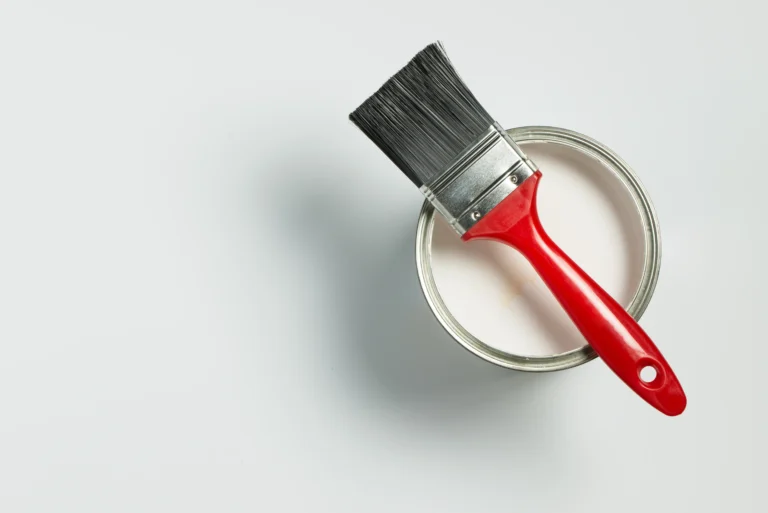In the world of home improvement, paint is one of the most transformative tools available. When tackling indoor spaces, some homeowners wonder: can I use exterior paint inside? At first glance, the idea seems harmless—after all, if exterior paint is tough enough to withstand harsh weather, why wouldn’t it be durable indoors?
While it may seem like a good idea to use leftover exterior paint for indoor projects, the reality is more complicated. Paints are formulated with specific environments in mind, and using a product outside of its intended context can lead to serious health concerns, performance issues, and even legal implications depending on local regulations.
Understanding the differences between exterior and interior paints is crucial for making informed, safe, and effective painting choices.
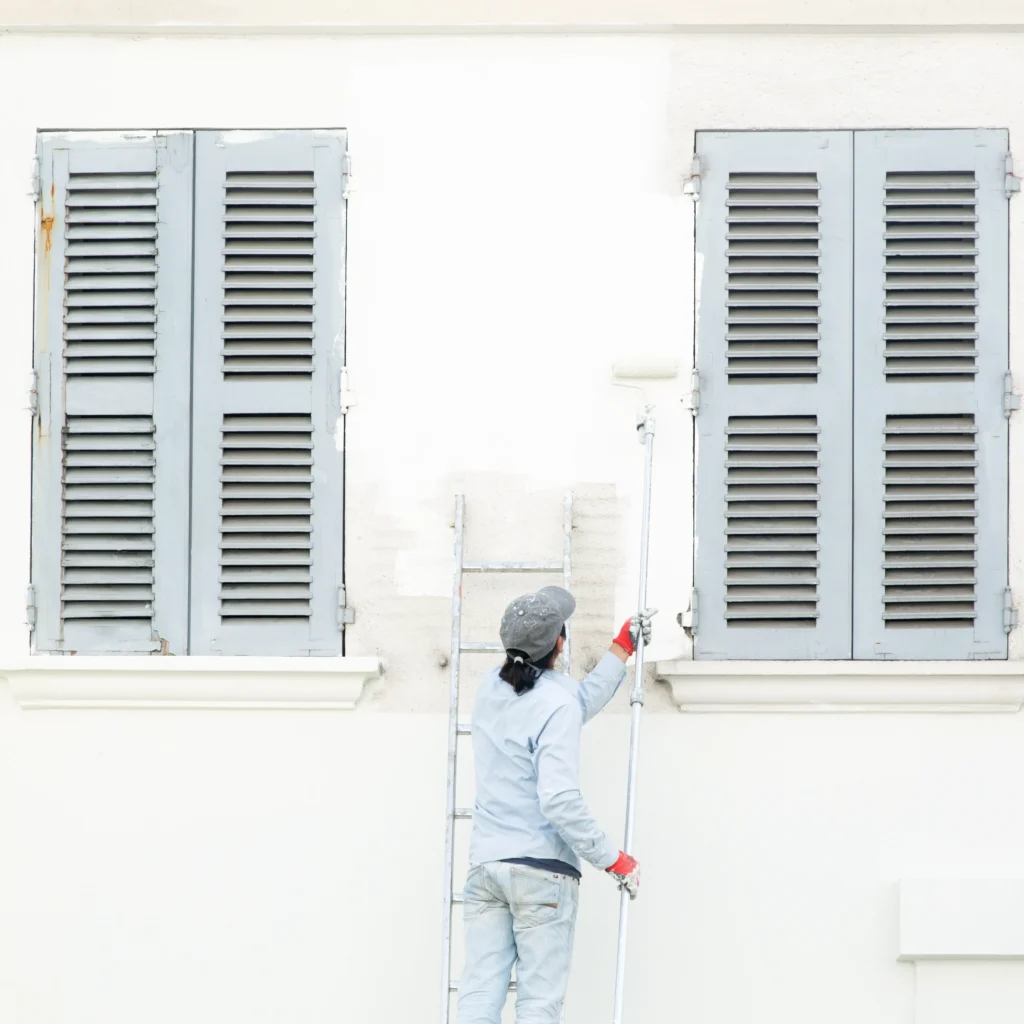
Differences in Paint Formulation
The most significant factor in answering can I use exterior paint inside lies in the chemistry of the paint itself. Exterior paint is designed to resist weathering, UV exposure, moisture, and temperature fluctuations. To achieve this, it contains flexible resins and additives like mildewcides and fungicides, which help prevent mold and mildew from forming on outdoor surfaces.
These additives are highly effective outdoors, but when used inside, they can off-gas chemicals that compromise indoor air quality. Interior paint, on the other hand, is formulated to be low in volatile organic compounds (VOCs) and safe for enclosed spaces. It prioritizes washability, color retention, and a smooth finish suited for drywall, wood, and trim inside your home.
VOCs and Health Concerns
One of the primary dangers of using exterior paint indoors is the level of VOCs it emits. VOCs are chemicals that easily become vapors or gases at room temperature. These substances contribute to indoor air pollution and have been linked to headaches, dizziness, respiratory irritation, and long-term health risks.
Exterior paints are not subject to the same VOC limits as interior paints because they are not intended for enclosed environments. Inhaling fumes from exterior paint in a confined space can create an unsafe living environment, especially for children, pets, and individuals with respiratory sensitivities.
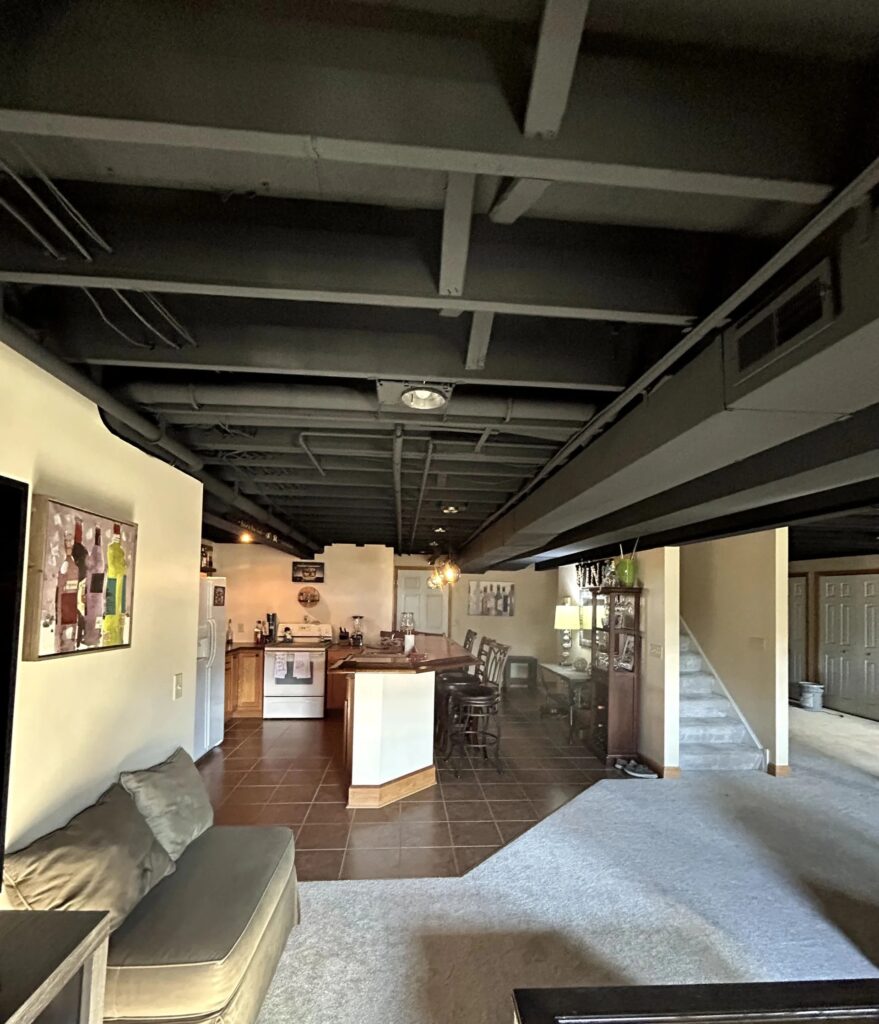
Durability Doesn’t Equal Suitability
Another common misconception is that using exterior paint indoors will increase durability. While exterior paint is engineered to withstand the elements, this does not necessarily translate to better performance indoors. In fact, exterior paint tends to remain soft and flexible, which may cause it to scuff or mark more easily in indoor settings where surfaces receive frequent contact.
Interior paint, on the other hand, dries to a harder finish and is specifically designed for cleaning and wear resistance. Using exterior paint on indoor walls, especially in high-traffic areas, may lead to faster degradation of the surface and an uneven appearance over time.
Application and Odor Issues
Exterior paints tend to have stronger odors due to their chemical composition. When applied indoors, the smell can linger for days or even weeks, making rooms unpleasant and potentially unsafe to occupy during the drying process. Paint fumes are not just a nuisance—they can pose real health hazards without adequate ventilation.
Moreover, exterior paint may not bond properly with common indoor materials such as drywall, plaster, or certain types of wood finishes. This can lead to cracking, peeling, or bubbling, undermining the aesthetics and requiring costly rework.
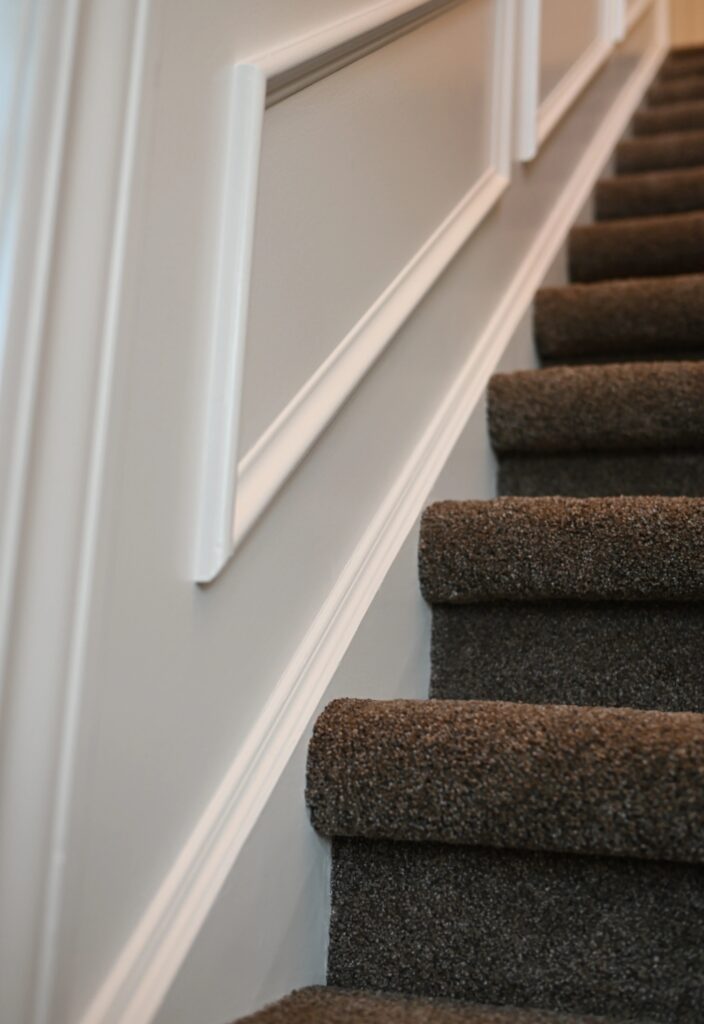
Legal and Regulatory Considerations
Depending on your location, there may be local or state regulations that prohibit the use of exterior paint inside residential buildings. Paints used indoors are subject to more stringent standards for VOC levels, labeling, and environmental compliance.
For example, California’s Air Resources Board (CARB) and the Environmental Protection Agency (EPA) set specific VOC limits for interior coatings. Using a paint product labeled for exterior use indoors could result in code violations for professional contractors and builders.
When Might It Be Acceptable?
There are rare circumstances where exterior paint may be used indoors—such as painting in a garage, shed, or other non-living space with excellent ventilation. In these cases, the risks are lower due to infrequent occupancy and greater airflow. However, even then, it’s generally recommended to choose a product specifically designed for interior or dual-use to ensure safety.
Always read the label to see if the product is designated for both interior and exterior applications. Some modern paints are formulated to work in either setting, but they must meet health and safety regulations for indoor use.
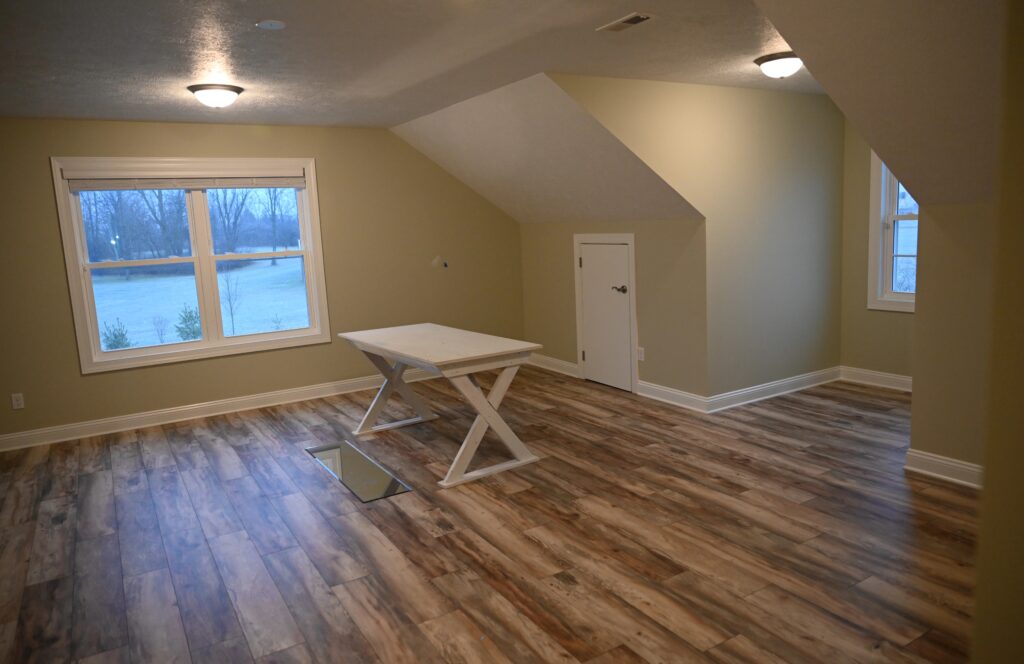
Safer Alternatives and Professional Guidance
If you’re tempted to use leftover exterior paint for an indoor job to save money, consider donating it to a community organization or using it for outdoor furniture, fences, or sheds. There are far better alternatives for your interior surfaces.
At Four Seasons Painting Co, we help clients choose the right paint for each space—whether it’s a high-humidity bathroom, a busy hallway, or a sunlit living room. We prioritize health, durability, and beauty by selecting products that suit the purpose and environment.
Resources for Paint Safety and Selection
If you want to explore safe paint options, consult resources like:
- The Environmental Protection Agency (EPA) for information on indoor air quality and VOCs
- Greenguard certified products, which meet rigorous emission standards
- Manufacturer websites like Benjamin Moore, Sherwin-Williams, and Behr, which provide clear guidance on paint usage and safety ratings
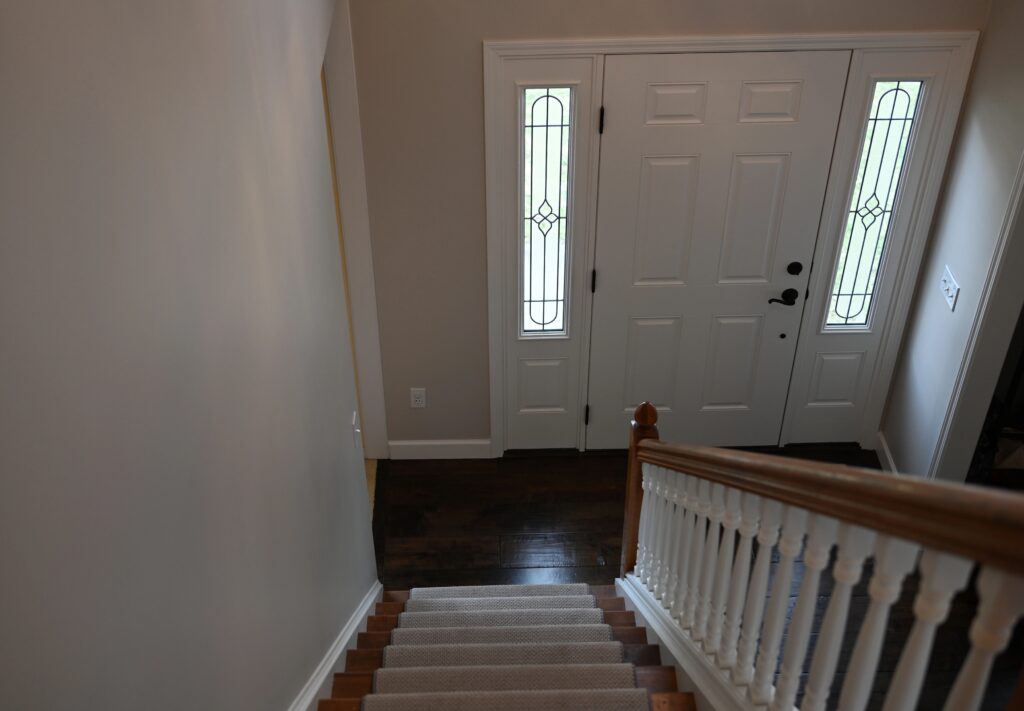
Conclusion – Can I Use Exterior Paint Inside
So, can I use exterior paint inside? Technically, yes—but it’s strongly discouraged for reasons of health, performance, and compliance. Exterior paint is made for harsh weather, not enclosed spaces. The high levels of VOCs, specialized additives, and formulation differences make it unsuitable and even hazardous for indoor use.
For results that are safe, long-lasting, and visually appealing, always choose paint designed for the surface and environment in which it will be applied. When in doubt, working with professionals like Four Seasons Painting Co. ensures your interior spaces remain both beautiful and safe.

